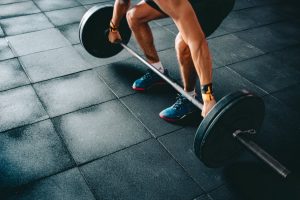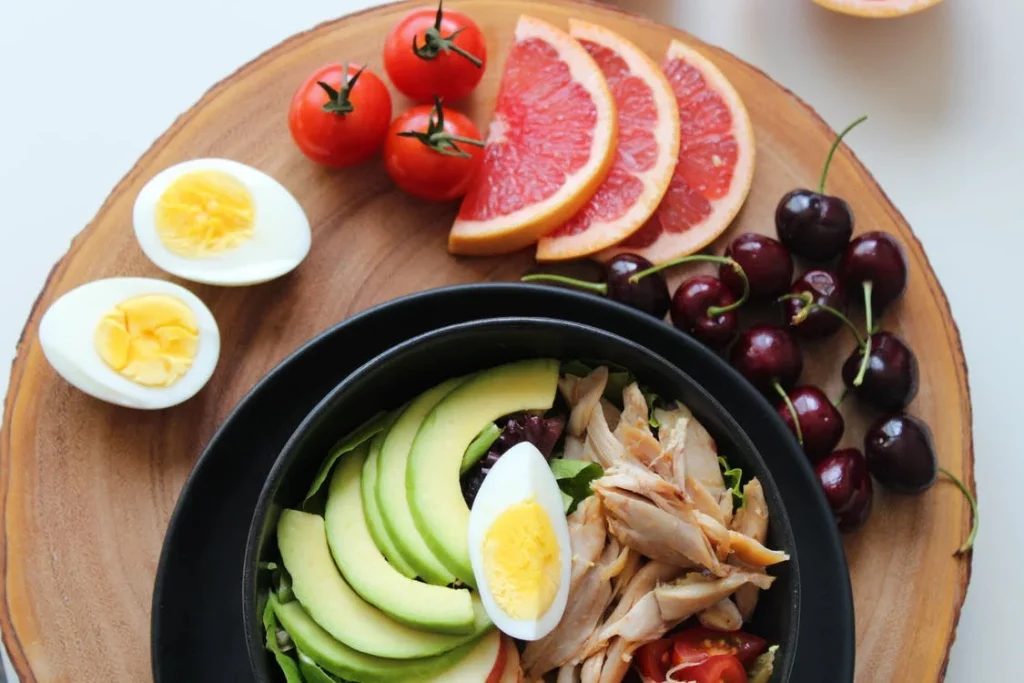If you’ve ever Goolgled “how can I gain muscle and lose fat at the same time, you’re in the right place. Read on for all the details.
A nutrition expert can help you calculate your metabolic rate and develop a meal plan that will help you gain muscle and lose fat. Your daily meals should contain low-calorie foods with adequate protein. You should also lift weights to tear your muscles and repair them. Increasing your protein intake is crucial for a healthy physique. After you finish lifting weights, you should perform body recomposition exercises.
Body recomposition
Body recomposition is a method of losing fat and gaining muscle. For beginners, the process is easier than it sounds. First, you should establish your goals and benchmarks. To help you achieve this goal, you should calculate your calorie balance and desired fat and muscle loss rates. Also, remember that age, genetics, and hormones play important roles in fat and muscle gain.
The key to body recomposition is to lose fat and gain muscle simultaneously. It takes a long time to see results, but the results are sustainable. The key is to make a moderate calorie deficit, eat enough protein, and lift weights. As muscle gain becomes difficult after a year, you must change your diet and exercise schedule to concentrate on fat loss. Body recomposition requires discipline and commitment.
If you are extremely lean or obese, body recomposition will not work for you. If you are lean, body recomposition requires a deficit of 3,800 calories. A higher metabolic rate can handle a 500-calorie deficit. However, for beginners, a 500-calorie deficit can be enough to achieve the desired body composition. A slight deficit is necessary to avoid fluctuation and lose fat safely.
Adding muscle
If you’re serious about building muscle and burning fat, you’ve probably wondered how to gain muscle and lose weight. Traditionally, building muscle has been accompanied by an increase in calorie intake, as intense weight-bearing exercises need more calories. By contrast, weight loss is accomplished by consuming fewer calories than you burn, or by eating less than you expend. A general rule of thumb is to aim for about 3500 calories for each pound you want to lose.
Building muscle requires a high-protein diet. Many people think that they need one gram of protein per pound of body weight, but that rule has been proven to be outdated. Protein needs are best met through whole food sources, so you can add protein to every meal. When planning your meal plan, make sure you include foods high in protein such as chicken, fish, and eggs. Likewise, do some resistance training exercises to help your body build muscle and burn fat.
Avoiding cardio
While you may have heard about the benefits of cardio for your health, you may not realize that doing too much of it can inhibit your ability to gain muscle. While cardio does burn calories effectively, it can also prevent you from recovering enough from weight training, which is key for packing on muscle mass. If you want to build muscle, you need to eat a surplus of calories and avoid cardio to gain muscle and lose fat.
One of the most common myths about cardio is that it kills gains. However, cardio does not necessarily kill muscle gains – in fact, it can actually increase your fat levels. By limiting your cardio to only 30 minutes a day, you can focus on strength training instead. You can also perform high-impact cardio, but it can hinder your recovery time. It’s best to avoid intense cardio as it can increase your cortisol levels and interfere with your muscle growth.
Increasing protein intake
Increasing your protein intake is an excellent way to gain muscle while losing fat. The average person should consume between 1.6 and 2.2 grams of protein per kilogram of body weight per day. If you’re an athlete or heavy exerciser, you should consume more than that. The best way to determine how much protein to consume each day is to base your recommendations on your target weight and body fat percentage. A higher-protein diet has many other health benefits, as well.
In addition to gaining lean muscle, increasing protein intake can help you burn fat. A recent study concluded that the average adult needs around 15 percent of their daily calories from protein. The Institute of Medicine has recommended that adults consume as much as 35 percent of their total calories. However, most researchers say that anything above this level is “high protein.” Having an upper limit on your protein intake is important for ensuring you don’t overdo it.
Maintaining a calorie deficit
 If you’re interested in gaining muscle while losing fat, you need to know how to maintain a calorie deficit. The goal is to eat less than you burn, so that you maintain a slight deficit while still gaining muscle. The calorie deficit is what keeps your body searching for fuel. If you’re not eating enough calories to achieve your goal, your body will use muscle tissues for energy.
If you’re interested in gaining muscle while losing fat, you need to know how to maintain a calorie deficit. The goal is to eat less than you burn, so that you maintain a slight deficit while still gaining muscle. The calorie deficit is what keeps your body searching for fuel. If you’re not eating enough calories to achieve your goal, your body will use muscle tissues for energy.
If you’re wondering how to maintain a calorie deficit to gain lean muscle and lose fat, you’ve probably tried doing a calorie deficit diet at one time or another. This method can be effective, but you should be careful, as doing too little can lead to rapid weight loss and an inability to train effectively. For best results, start by subtracting 200-300 calories from your maintenance intake daily. Adjust this amount based on how much weight you lose each day.
The main principle behind maintaining a calorie deficit is to keep your body from eating more than it needs to function properly. The body has a tendency to prioritize burning fat before gaining muscle, but this isn’t always the best idea. Instead, you should make sure your body has enough protein and that you’re avoiding excessive calories, which will lead to muscle loss. In this article, Heather Huntsman will reveal why maintaining a calorie deficit is so important and how to use it to your advantage.
Adding weight to your workouts
There are several ways to add weight to your workouts. Adding more muscle will increase your resting metabolic rate, which is the number of calories you burn while simply living your life. In addition, adding more muscle will increase your energy expenditure, which will help you lose weight. Not only will you feel stronger and faster after working out, but you will also feel like a powerhouse!
Adding resistance to your workouts
Adding resistance to your workouts can help increase your muscle growth and burn fat at the same time. There are many ways to do this. You can use free weights or machines to perform various exercises. Free weights include dumbbells, barbells, kettlebells, medicine balls, and sand bags. Weight machines are adjustable machines with handles attached to the seats. You can also use resistance bands, which are giant rubber bands that give you constant resistance during each movement.
One of the benefits of resistance training is increased after-burn. When combined with a healthy diet, resistance training can help you build muscle while burning fat. Additionally, resistance training has other health benefits. By increasing muscle mass, you’ll also burn more calories even when you’re at rest. You’ll also feel better with resistance training, too! It’s time to start using resistance to increase your muscle gains and burn fat!
Adding calories to your diet
If you’ve ever wondered whether adding extra calories to your diet can help you gain muscle or lose fat, you’re not alone. Research has found that eating a higher-calorie diet can increase the amount of muscle gained. However, a large calorie deficit during a workout is not healthy. A large deficit causes an increase in body fat. If you’re trying to gain muscle, the opposite is true.
To gain muscle, you’ll need to consume more calories than you burn in a workout. About five to fifteen percent of your maintenance calories will be required for muscle gain. Your body has two options for using the excess calories: burning them as fuel, repairing or building muscle tissue, or storing them as fat. Your body will choose the latter option. It is best to start by adding at least one to two extra grams of protein each day.
It’s not always easy to add extra calories to your diet. However, adding an additional 2,000 calories to your diet can help you lose fat and gain muscle. You can also increase the number of hours you exercise each day. It’s not easy to gain muscle and lose fat, but the right amount of calories will make the process a breeze. If you’re trying to gain muscle and lose fat, adding more calories is key to a lean, muscular body.

